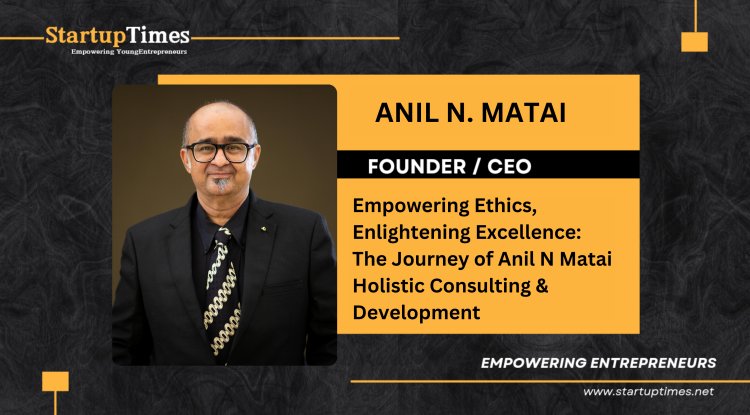Avoid these mistakes while raising funds for your startup
Fundraising is difficult and time-consuming work for any startup or company. There is no step-by-step process for building a startup funding plan. Every startup is unique, both in the insights and the promises that they make to target consumers. However, raising funds for a startup, don’t depend on customers' view. What’s imperative is the investor's opinion about the startup or company. A startup’s fundraising endeavours rely on its capacity to make itself and its business ideas fascinating.

It is often heard that “Smart people learn from their mistakes. But the real sharp ones learn from the mistakes of others.” Abdo Riani, an entrepreneur, shared his views on 5 common mistakes founders tend to make while fundraising for their startup. We hope to be a real sharp person, you will learn for sure.
Misconception That An Investor Is Compulsory
The major portion of the new startups is bootstrapped (a company built from the ground up with nothing but personal savings, and the cash from first sales). The reason for bootstrapping is categorised into three parts. The prime reason is the difficulty and hard work in convincing a person to show trust in your ideas and invest a lump sum amount in them.
Second, most of the new businesses are not that capital intensive. It becomes a crucial decision to be taken only after the due diligence before investing in a particular startup. Investing a share of their revenues in a business that has a 50-50 chance of both failing and providing outsized returns requires a risk-taking capacity of the investor.
Last but not the least, not all new organisations are versatile. Startup investors are pursuing home runs. Most traditional organisations essentially can’t arrive at the development rates needed for a billion-dollar valuation in less than 10 years.
Raising money on an early stage
One of the most common and practised mistakes in the market is trying to raise funds when you have an idea only. A mere idea without any planned action, resources, or study is of no benefit. Although, it is quite possible you will get funds if you possess a fascinating resume and are well connected in the market. However, this way is also a bed of roses and thorns, presently. Now, investors aren’t making decisions over the capability of founders (or their own) to forecast the success of the idea or innovation. They believe more in solid real and experimental evidence.
It's the founder's job to first scrutinize the idea and plan of business for its potential before raising funds. It will enable them to inculcate real data in the pitch.
Misunderstanding the Fundraising Environment
You can flourish capital to find proof of your ideas, with the funds raised in Pre-seed and seed rounds. To build your startup product and focus on target customers in order to make sure you are on the right path to product-market fit. Angel investors, incubators, accelerators and early-stage funds usually flourish funds in pre-seed and seed rounds.
To put ideas into action as fast as possible, the venture capital rounds (A, B, C, etc.) give development capital to startups after- product-market fit.
Before your startup is generating revenues, presenting your pitch to the late and mid-stage investors (i.e., VCs) is a time waste for both founders and investors.
Trying to reach Investors without referrals
Along these lines, the most ideal approach to raise funds adequately is to effectively include yourself in your nearby startup community and meanwhile, find people who would vouch for you and acquaint you with investors that could coordinate with your objectives and interests.
All things considered, this doesn’t mean you shouldn’t apply for incubators and accelerators with an open application measure.
Not able to clearly communicate your ideas.
At last, after you are sure that you really need capital and that your business is at the correct stage to have a reasonable opportunity to get it, you need to ensure you’re ready to impart as obviously as conceivable your vision for what’s to come.
- For this you need to understand your target audience:
- Does your organisation fulfil the company profile of individuals you are pitching?
- Can you concisely and without any error impart what your organisation is really doing (and why)?
- Furthermore, would you be able to give great empirical evidence of your statements?
Conclusion
Fundraising is difficult, however, it’s most difficult as the startup or company is trying to raise funds at the wrong time. Ensure you don’t repeat the same mistake and with positive efforts, you can increase the chances of fascinating investors.













